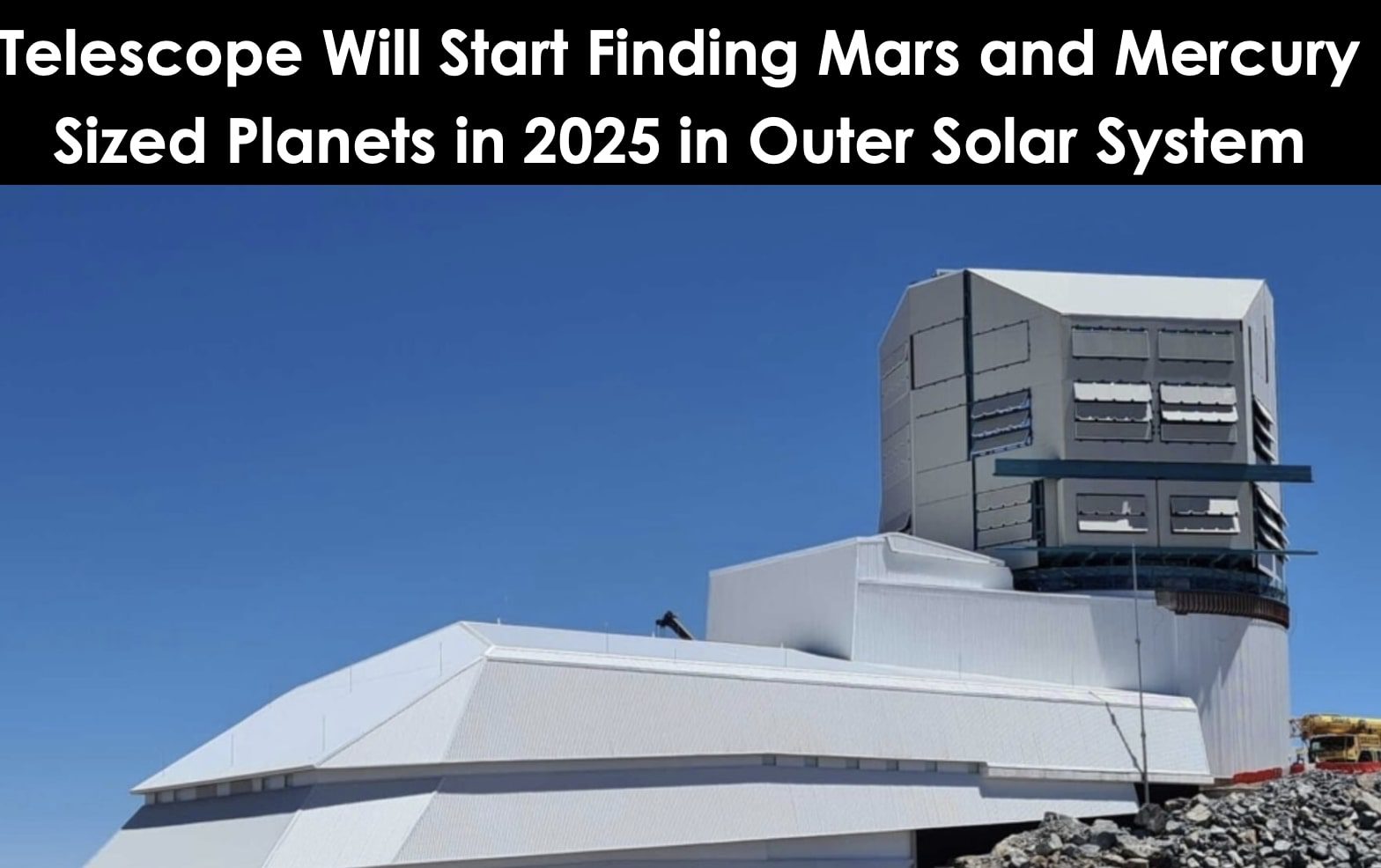Researchers estimate that the number of captured free-floating planets in the outer solar system with mass strictly greater than that of Mars is ∼1.2 and that the number of such planets with a strict cutoff at the mass of Mercury is ∼2.4.
When they instead adopt logarithmic bins centered at the Mars mass and the Mercury mass, respectively, they find that the expected number of such planets is ∼2.7 for mass comparable to that of Mars and ∼5.2 for mass comparable to that of Mercury. These planets would have a median heliocentric distance of ∼1400 au, with ∼half of them existing in the range 600–3500 au.
This means their theoretical analysis indicates that there should be 1.2 to 2.7 Mars sized captured rogue planets between 600-3500 AU away. There should be 2.4 to 5.2 Mercury sized rogue planets.
It is not in the paper but there could be dozens of Pluto sized objects.
If the closest captured planet is currently in the Southern sky and has favorable orbital conditions for detection, it could potentially be discovered in LSST (Vera Rubin telescope) images with a sufficiently advanced blind shift-and-stack algorithm. The detectability of captured planets with surveys such as LSST should be explored in more detail. We should expect discoveries of free-floating planets with the Nancy Grace Roman Telescope and detections of extreme trans-Neptunian objects with LSST will help refine the estimates. If the statistics from Sumi et al. (2023) hold to significantly lower masses, we should detect captured dwarf planets (with masses comparable to the mass of Pluto) early in the LSST observing program.
Brian Wang is a Futurist Thought Leader and a popular Science blogger with 1 million readers per month. His blog Nextbigfuture.com is ranked #1 Science News Blog. It covers many disruptive technology and trends including Space, Robotics, Artificial Intelligence, Medicine, Anti-aging Biotechnology, and Nanotechnology.
Known for identifying cutting edge technologies, he is currently a Co-Founder of a startup and fundraiser for high potential early-stage companies. He is the Head of Research for Allocations for deep technology investments and an Angel Investor at Space Angels.
A frequent speaker at corporations, he has been a TEDx speaker, a Singularity University speaker and guest at numerous interviews for radio and podcasts. He is open to public speaking and advising engagements.
